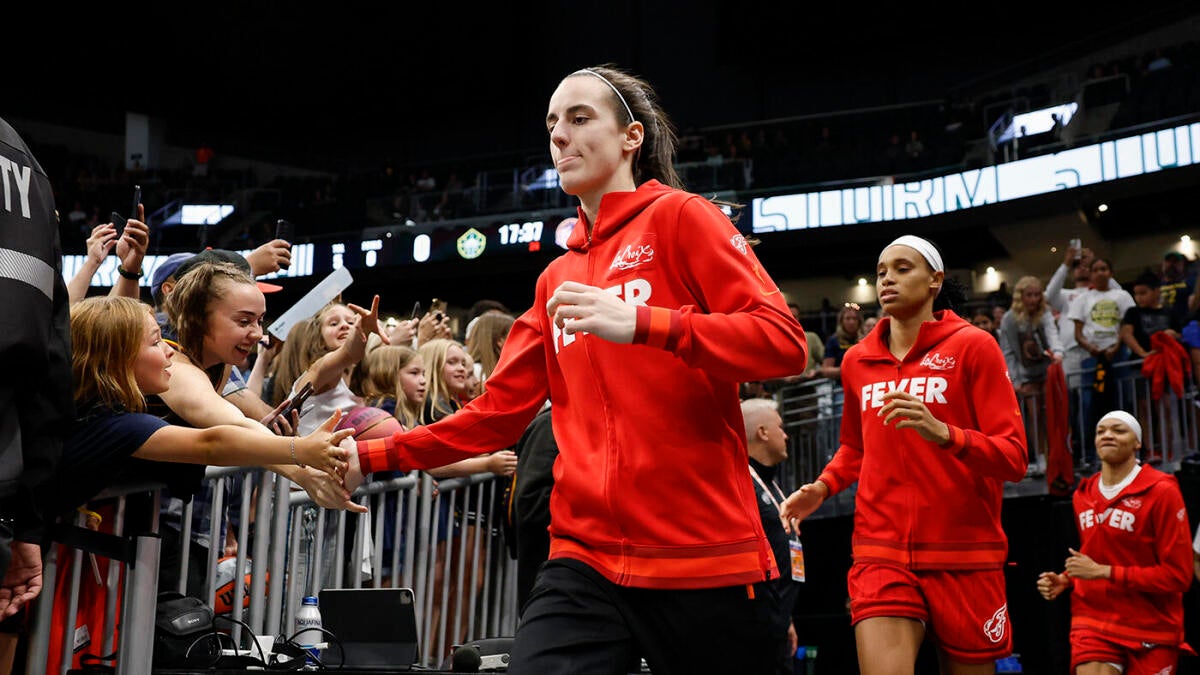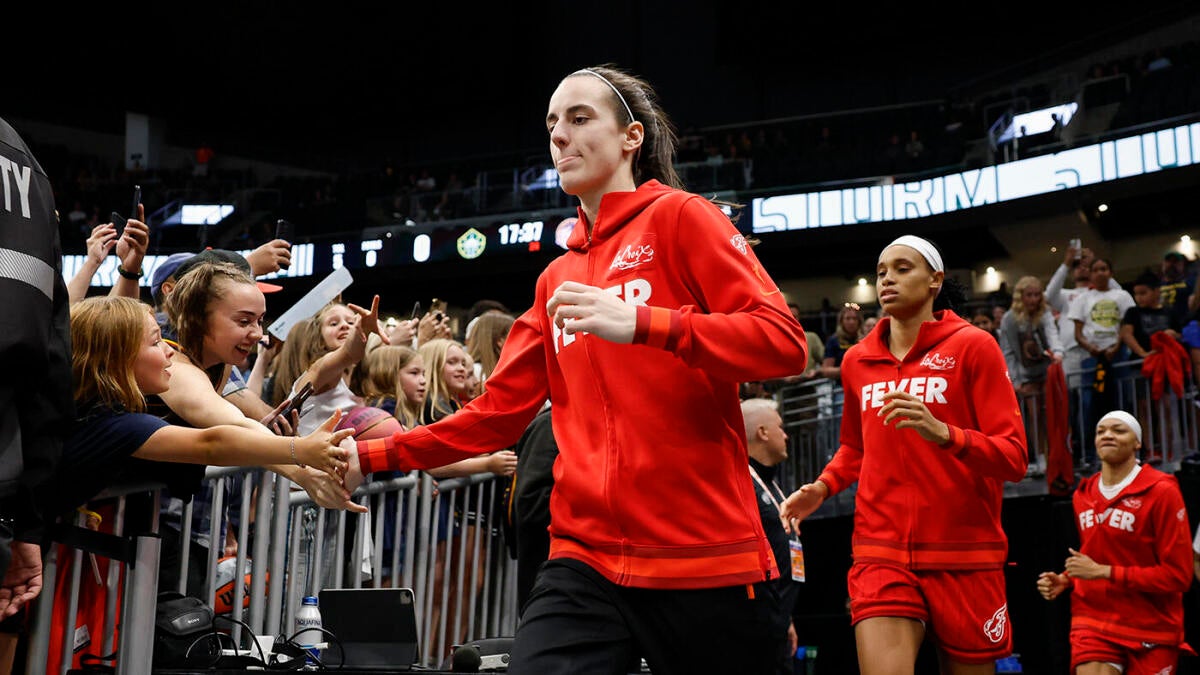Caitlin Clark, the Indiana Fever’s highly anticipated star, is currently sidelined with a left groin strain, forcing her to miss her fourth consecutive game, including the upcoming match against the Las Vegas Aces and the 2025 WNBA Commissioner’s Cup final. This injury is a significant blow to the Fever, who were counting on Clark’s contributions to bolster their performance. The specifics of how Clark sustained the groin strain remain unclear, but the injury was first reported before a game against the Dallas Wings. The timing of this injury is particularly unfortunate, as it coincides with a crucial stretch of the season, including the Commissioner’s Cup final.
Groin strains are common among athletes and involve the muscles that run from the upper thigh to the lower abdomen. These injuries can range in severity, from mild pulls to more significant tears. Recovery time varies depending on the grade of the strain, with mild strains often healing in a matter of days, while more severe strains can require weeks or even months of rehabilitation. Clark’s previous left quad strain earlier in the season, which sidelined her for five games, adds context to her current injury. Early-season injuries can disrupt a player’s rhythm and conditioning, potentially making them more susceptible to other injuries. It is important to note conflicting information as to whether it is a groin or quad strain. The information available indicates it is a groin strain.
The Indiana Fever have struggled to find consistency this season, and Clark’s absence is undoubtedly felt. Her scoring ability, playmaking skills, and court vision are crucial elements of their offensive strategy. Without her, the team loses a primary ball-handler, a sharpshooter, and a player who can create opportunities for her teammates. The Fever’s performance in Clark’s absence is a key indicator of her value to the team. These games provide an opportunity for other players to step up and showcase their abilities. However, they also highlight the void left by Clark’s absence, particularly in terms of offensive firepower and overall floor leadership.
Beyond the immediate impact on game outcomes, Clark’s absence also affects the team’s overall development and chemistry. Building a cohesive unit takes time and consistent playing time together. When a key player is sidelined, it disrupts the process and forces the coaching staff to make adjustments to the lineup and game plan. The Fever must use this opportunity to develop other players and refine their game plan, ensuring they are well-prepared for Clark’s return. The team’s medical staff will undoubtedly take a cautious approach to Clark’s recovery. Rushing her back onto the court before she is fully healed could risk re-injury and potentially lead to a more prolonged absence.
The decision of when to bring Clark back will depend on several factors, including the severity of the strain, her pain level, her range of motion, and her overall comfort level. The team will also consider the long-term implications of her return, prioritizing her health and well-being over short-term gains. Fan speculation and media pressure are inevitable when a star player is injured. However, the Fever’s coaching staff and medical team must remain focused on making the best decision for Clark’s health and the team’s long-term success. A well-managed recovery will ensure that Clark can return to the court at full strength and continue to develop into the superstar she is projected to be.
The timing of Clark’s injury is particularly unfortunate, as it forces her to miss the 2025 WNBA Commissioner’s Cup final. This in-season tournament provides teams with an opportunity to compete for a championship and a significant prize pool. The Commissioner’s Cup games also raise money for charitable organizations, adding another layer of significance to the competition. Clark’s absence from the Commissioner’s Cup final is a blow to the Fever’s chances of winning the tournament. Her ability to score and create opportunities would have been invaluable against their opponent. Furthermore, the game was a chance for her to showcase her talents on a national stage and further solidify her status as a rising star in the WNBA.
Clark’s injury also raises broader questions about the challenges of transitioning to the WNBA and the physical demands of professional basketball. The WNBA season is shorter but more intense than college basketball, with games played at a faster pace and against stronger competition. Rookie players often need time to adjust to the rigors of the professional game, both physically and mentally. The increased travel, the condensed schedule, and the pressure to perform can take a toll on even the most talented players. Clark’s injury serves as a reminder of the importance of proper conditioning, injury prevention, and load management in professional sports.
Despite the setback of her injury, Caitlin Clark remains one of the most exciting and promising young players in the WNBA. Her talent, work ethic, and competitive spirit are undeniable. With proper care and rehabilitation, she is poised to make a full recovery and continue to shine on the court. The story of Caitlin Clark’s rookie season is far from over, and the best is yet to come. Her potential remains as bright as ever, and her return to the court will be a moment of great anticipation for the entire WNBA community. The Indiana Fever must use this opportunity to develop other players and refine their game plan, ensuring they are well-prepared for Clark’s return. A cautious and well-managed recovery will ensure that she can return to the court at full strength and continue to develop into the superstar she is projected to be.












